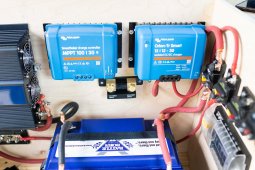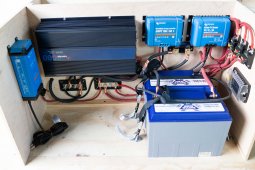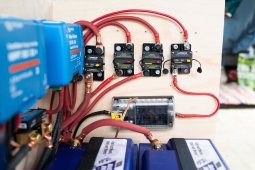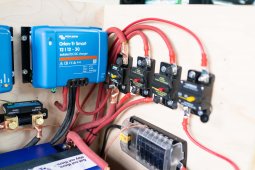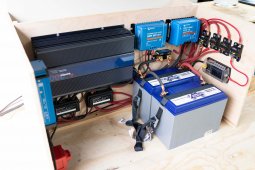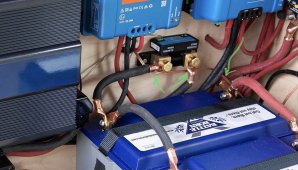Sipma02
New Member
- Joined
- May 27, 2020
- Messages
- 141
My most recent setup that I took some pics of along the way. I didn't really take pics of the panels, because they were installed by someone else. Built a box out of plywood (and paid like $60 something for a sheet, ugh...) to house everything in and allow room for future battery expansion if desired. I'm learning so much more about solar! I really enjoy it. Such a cool concept, and technology is getting so much better. (and cheaper!)
I had a really fun time with this, it was done over a weekend outside, weather was perfect, and it was nice to be outdoors. I'm sure I made a mistake here and there, but the system tested fine and is working well. Solar is dope.
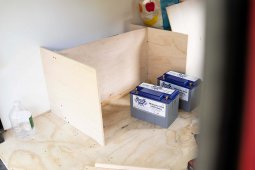

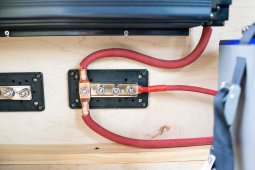
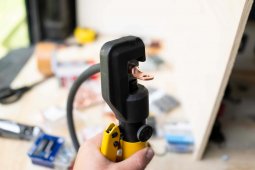
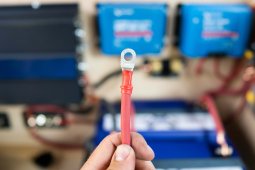

I had a really fun time with this, it was done over a weekend outside, weather was perfect, and it was nice to be outdoors. I'm sure I made a mistake here and there, but the system tested fine and is working well. Solar is dope.









